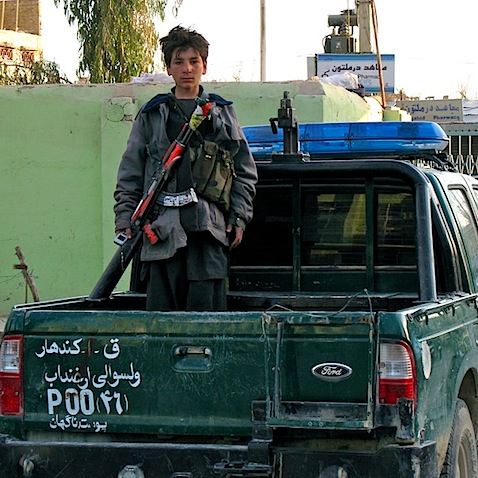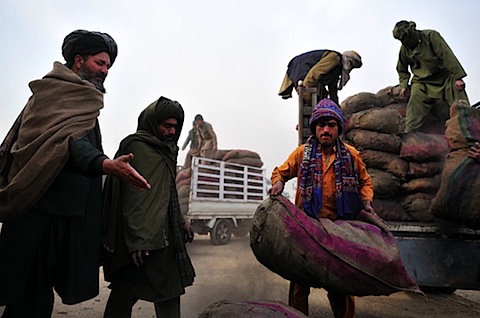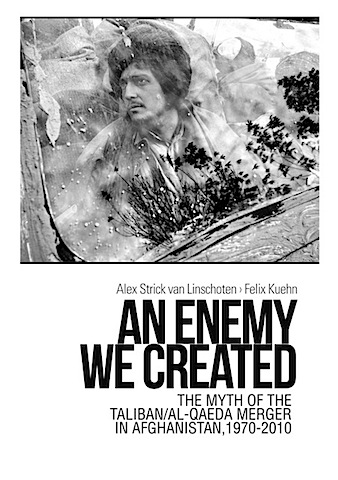“I was around three or four years old when the Communists led the bloodiest coup in Afghanistan. KhAD personnel were arresting the faithful. One day, a few ugly moustached men knocked on our door. My father left with them and then he never came back. We never saw him again.
“After a year, I began to understand that this kind person was no longer with me. Poverty, a cold fireplace, and my old clothes made it evident – I was an orphan. Every man with a moustache looked like my father’s murderer. My uncle took us with him to another village, and we no longer had a home of our own.”
In this way Abdul Hai Mutma’in begins his memoir of time alongside the senior leadership of the Afghan Taliban movement. First published in Afghanistan a couple of years ago, Taliban: A Critical History from Within is now available for pre-order in an English translation.
Mutma’in served as a political advisor to Taliban leader Mullah Muhammad Omar and as spokesperson. He worked in the media section of Kandahar’s Culture and Information Ministry and from 2013 onwards served as a political and humanitarian affairs advisor to Mullah Akhtar Mansour from 2013. In short: he spent a good deal of time around the senior leadership and was privy to the internal workings and machinations of the Taliban movement at its highest levels.
At First Draft Publishing, the small publishing house I started five years ago together with Felix Kuehn, our explicit agenda is to publish books that will help “give researchers, professionals and the interested public access to primary and secondary sources”. This book falls firmly into this remit. The list of primary sources relating to the Taliban (or primary-source-adjacent) is exceedingly thin, even all these years since the movement first burst onto the national and international stage. From our perspective as researchers, the more such memoirs get written, the more we are able to attempt a critical unpicking of narratives and myths that have driven both conflict and efforts towards integration. Without these raw materials, it is impossible to begin the slow and methodical work of scholarship: triangulation, verification, context, synthesis and so on.
A bit of additional housekeeping: if you want to (pre-)order Mutma’in’s book, we have made some changes to how we’re producing and delivering books. We’re moving away from Amazon as the delivery system for our content and will simply process orders manually. For hardcopy purchases, we’ll be printing copies on demand. For ebooks, we’ll distribute DRM-free copies upon receipt of payment. If you’re interested in purchasing any of our books, please visit our website to learn more about our titles and email us to place an order.

































